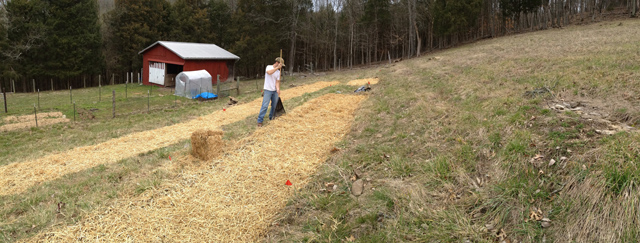 Today, the Tennessee Department of Agriculture began mailing out over 2,700 industrial hemp grower licenses for the 2019 grow season. If the record number is any indication, it could be the start of something big in Tennessee.
Today, the Tennessee Department of Agriculture began mailing out over 2,700 industrial hemp grower licenses for the 2019 grow season. If the record number is any indication, it could be the start of something big in Tennessee.
We are already getting lots of calls from farmers looking for buyers of flower and biomass. One of the requirements many buyers, including our business, will want is organically grown with no evidence of pesticides or other banned inputs in organically grown hemp.
One mistaken use or exposure to a banned input could render all your hard work unusable for certain buyers or the consumer, so we created a working draft of an Organic Grow Plan for licensed industrial hemp growers that outlines a few relevant National Organic Program standards used to certify a crop as organic by the USDA. It is not a full exhaustive plan and are not requirements, but it can be a great guidance to ensure quality and get you on your way to certifying your hemp as organic.
Half Hill Farm was the first certified organic farm to grow industrial hemp in Tennessee. We are a licensed grower, processor and permitted manufacturer that makes quality CBD hemp oils and other products. We are currently partnered with an indoor grow and building a CO2 extraction and testing lab at our Woodbury, TN facility. We are one of many retailers and manufacturers who will want quality Tennessee grown flower and biomass for our stores and products and hope this document can help ensure your product passes quality testing.
Collaboration: If you are a certified organic grower of hemp, or use organic practices you feel need to be added to this document, please leave a comment with the addition or contact us directly. If you have favorite organic products you use that you’d like shared, or have questions, add them in comments. We’ll edit changes into the document. We want this document to be open sourced and available to everyone. If you are one of the many new hemp growers in Tennessee, congratulations and we hope the very best for your farm’s new direction!

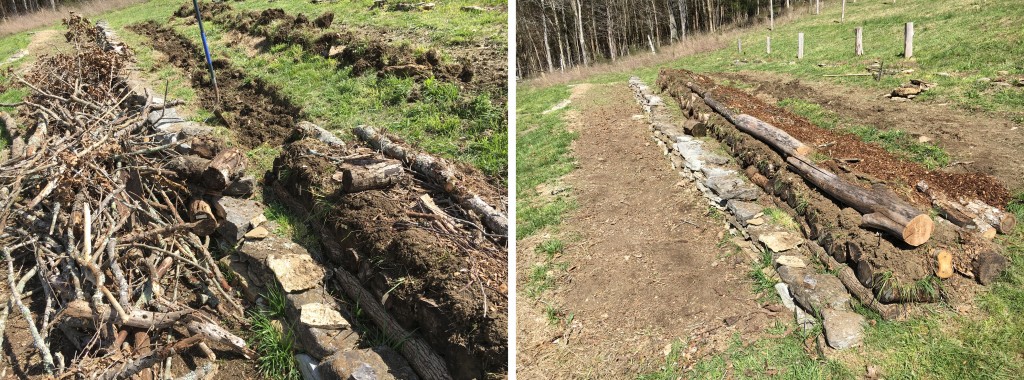

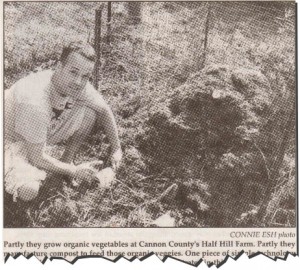
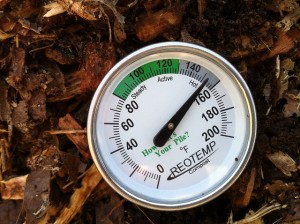 How to compost: Compost consists of four things: carbon, nitrogen, air and water. Carbon is pretty much anything brown or dry like leaves, dry grass clippings, chipped wood, or shredded newspaper. Nitrogen is manure, green grass clippings, or compostable kitchen wastes. According to the
How to compost: Compost consists of four things: carbon, nitrogen, air and water. Carbon is pretty much anything brown or dry like leaves, dry grass clippings, chipped wood, or shredded newspaper. Nitrogen is manure, green grass clippings, or compostable kitchen wastes. According to the 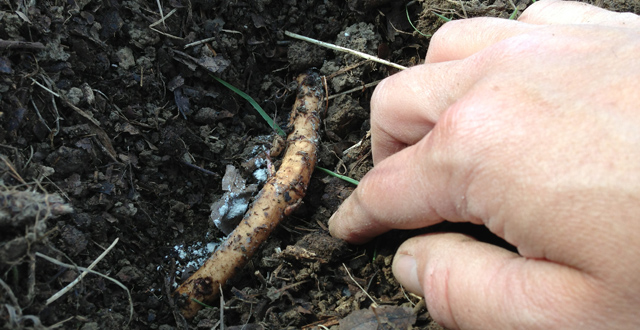
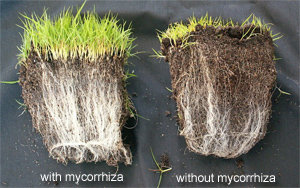 How it works: The fungi is naturally occurring in healthy soil all over the world.
How it works: The fungi is naturally occurring in healthy soil all over the world. 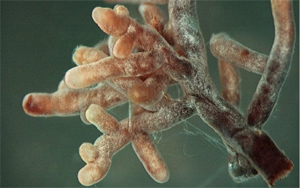 Perfect design: Mycorrhizae are basically a mushroom (mycelium) that feeds off the plant’s sugars through its root system. What the fungus does in return for plants is truely amazing: it takes nutrients and water from the soil and feeds the plant by becoming a huge network of extended roots. The fungi is also what breaks down rocks and minerals for plants. It also makes plants more drought resistant as their access to soil moisture is more than ten times that of non-inoculated plants. One application to roots during transplanting or seeding lasts the entire life of the plant, and the results are indisputable.
Perfect design: Mycorrhizae are basically a mushroom (mycelium) that feeds off the plant’s sugars through its root system. What the fungus does in return for plants is truely amazing: it takes nutrients and water from the soil and feeds the plant by becoming a huge network of extended roots. The fungi is also what breaks down rocks and minerals for plants. It also makes plants more drought resistant as their access to soil moisture is more than ten times that of non-inoculated plants. One application to roots during transplanting or seeding lasts the entire life of the plant, and the results are indisputable.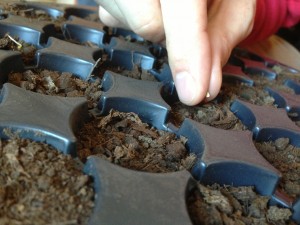
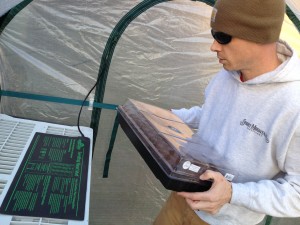
 I had no real plans to go all out and build a stone wall on the upper sides of my terraced garden sections, but here I go.
I had no real plans to go all out and build a stone wall on the upper sides of my terraced garden sections, but here I go.